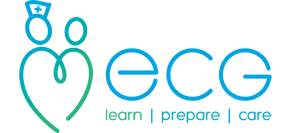The chain of survival is a concept that highlights the importance of the four key, inter-related, steps to improve the chances of survival in an out of hospital sudden cardiac arrest (SCA). The first link, early recognition and call for help, is clearly vital to get advanced care on the way and to minimise the time taken to initiate effective cardio-pulmonary resuscitation (CPR). It is the next two links, early and effective CPR and early defibrillation and the potential benefit for patients, that will be the subject of this blog. The final link in the chain, early advanced and post-resuscitation care start with the arrival of the ambulance. This link, although of evident importance, means very little if the first three elements are not implemented. Indeed, the best resuscitation team in the world could arrive at scene, with all the kit, experience and clinical skill available, but would always be at huge disadvantage if bystander CPR and defibrillation had not occurred in the first few minutes.

Furthermore, the evidence for the effectiveness of advanced resuscitation skills and interventions is relatively slim. However, the clinical evidence of the benefit of early effective CPR and defibrillation, both capable by non-clinical bystanders using and Automated External Defibrillator (AED), is extremely strong.
The London Ambulance Service published statistics in January of this year that provide stark support for the imperative to act early in Basic Life Support (BLS) to significantly increases the chances of survival, and to give Paramedics a much greater chance of success.
The headline figure, for survival from SCA to discharge from hospital, is 10.8%. This continues the consistent upward trend, and a significant improvement from the baseline figure of 3.7% in 2007/08.
However, when we look further into the published statistics, we can see good evidence of the contribution that bystander CPR and defibrillation make to survival rates.
Within the total number of active resuscitation attempts there is a subgroup defined as ‘Utstein comparator group’. In essence this group are classified as patients that had a witnessed cardiac arrest, with a presumed cardiac cause and presented in a shockable rhythm. These patients represent those for whom CPR and defibrillation are most likely to provide a positive outcome. Not all patients in cardiac arrest require shocking. However, for those that do, early CPR and defibrillation in less than three minutes can improve survival rates to over 70%. It is less surprising that survival rates to discharge from hospital in this group were 36.6%. Looking a little further into the statistics provides additional support for the use of an AED prior to the arrival of an Ambulance and any advanced care.
In a total of 101 arrests a Public Access Defibrillator (PAD) was deployed, and effectively used in 83 of these cases. PAD are the AEDs located in locked boxes that members of the public can be directed to for use prior to the Ambulance arrival.
Although only representing a small sample of the total cardiac arrests, within this group of 83 cases in which a PAD was used to deliver a shock to a patient by members of the public, survival rates to discharge were 57.1%. This statistic should not be viewed in isolation and needs to be put into context. However, despite this, the implication is clear; If members of the public provide early and effective CPR and have access to, and confidence to use, an AED the survival rates are appreciably enhanced.
With these statistics in mind, it seems clear that the continued effort to improve survival from SCA out of hospital need to continue to concentrate on two areas.
Firstly, to continue to support and improve the training of the public in providing effective CPR to buy the patient time. Secondly to consolidate and improve the public confidence in accessing and using AEDs. PADs are located in high footfall areas of towns and cities, however there are innumerable other AEDs located all around us. Most supermarkets, department stores and all healthcare facilities have private AEDs, that may well be unknown to the emergency services. Therefore, if you are ever a bystander to a SCA, do not just wait for details of the nearest PAD from the Ambulance service. If you are near a supermarket, healthcare facility or large office block, they may have an AED that can be retrieved and used in less that 3 minutes. This, combined with effective CPR, will give the patient and their loved ones, the best chance possible for a positive outcome.
References
- The London Ambulance Service, (2019) ‘Cardiac Arrest Annual Report: 2018/19’. Available from: https://www.londonambulance.nhs.uk/wp-content/uploads/2020/01/Cardiac-Arrest-Annual-Report-2018-2019.pdf (accessed 30th November 2020).
Written by James Calvesbert ( ECG Clinical Trainer), Thursday 3rd December 2020

